As Twitchy recently reported, the #SeeHer campaign put together a one-sheet to be used in Hollywood writers’ rooms “to help avoid bias when writing female characters.” For example, it notes that 12.8 percent of Americans have a disability, but only 1.8 percent of prime-time characters have a disability.
In an article published in The Daily Beast, Kristen Lopez gives mixed praise to Marvel’s new movie, “Ant-Man and the Wasp.” After all, the main antagonist is a black woman with a disability — chronic pain — that goes along with her superpowers. Unfortunately, though, the movie falls back on “white science” to cure her.
The antagonist of "Ant-Man and the Wasp" suffers from chronic pain. Instead of exploring a way for her to cope, the film simply conjures up a magic cure and ableist tropes about disability, writes @Journeys_Film: https://t.co/KH4Zeg5wI4
— The Daily Beast (@thedailybeast) July 7, 2018
Lopez writes (Note: very minor spoilers follow):
Instead of helping Ava find a way to cope (and not necessarily eradicate) her disability, the film seeks to provide a cure. It does so with its own version of “white science,” a term coined by author Carol Clover in her psychoanalytic exploration of horror films, Men, Women, and Chainsaws. It refers to anything considered to be “Western traditional medicine,” usually dispensed or controlled by a white man. The quantum realm functions as this film’s white science, a magical but wholly scientific world discovered by Hank Pym. Once she is freed from the realm, Janet offers to save Ava by transferring her quantum energy into her. She lays her hands on Ava—a technique often associated with tent revival preachers who “cured” poor, afflicted people by touch—and saves the woman through scientific technology.
One could say Janet’s benevolence absolves Hank of his sins [of white privilege], or posits her as a white savior for this disabled woman of color, but it’s unclear whether any of that is directly coded into the film.
Recommended
So the problem is that a woman of color with chronic pain is “cured” through the magic of white science? Apparently so. Lopez concludes, “Chronic pain remains a hot-button issue in the disabled community, and having Ava live with it could have presented something relatable. Instead, Ava is stripped of her problem in order to make her rational, quantifiable, and controllable.”
Damn, Hollywood, “Ant-Man and the Wasp” was another missed opportunity to realistically confront a hot-button issue like chronic pain among people of color.
https://twitter.com/SocietyReviews/status/1015625262459834368
This piece is flat out insane https://t.co/MtIOnGKExO
— Christian Toto (@HollywoodInToto) July 7, 2018
https://twitter.com/chandebise84/status/1015667666986717184
In this article about not enough disabled characters, I'm particularly fond of the part where they complain that there's not enough racial diversity among those few disabled characters.
— Gabriel Syme (@GabrielSyme7) July 7, 2018
https://twitter.com/SocietyReviews/status/1015680538055663616
That assumes all disabled people have given up on medical and technological treatments to improve their lives. And, that the disabled should give up all vestiges of hope. Acceptance and coping aren't tantamount to resignation. Everyone loves a fairytale here and there.
— Queen of Typos (@MFore6) July 7, 2018
But the movie could have actually presented a disabled character. Instead it presents a fairytale to make her like "everyone else." You honestly think that's better for disabled audiences?
— Kristen Lopez (@Journeys_Film) July 7, 2018
We think disabled audiences were there to see superheroes fantastically shrink and grow huge and blow stuff up and defeat the bad guys, but what do we know?
Unrealistic magic cures have no business in a documentary about superheroes. https://t.co/Ik6lEv8GeX
— Eric Spencer (@JustEric) July 7, 2018
especially when it's a magic cure for chronic pain from quantum phasing, a totally real and legit condition that hundreds of no one suffers from
— Amberlamps, R.N (@ArthurNonymous) July 7, 2018
Related:
'F*ck right OFF with that!' Ian Miles Cheong BLASTS SJW's #SeeHer tip sheet on how to 'accurately write women' https://t.co/8mRXKc2HXd
— Twitchy Team (@TwitchyTeam) July 6, 2018
















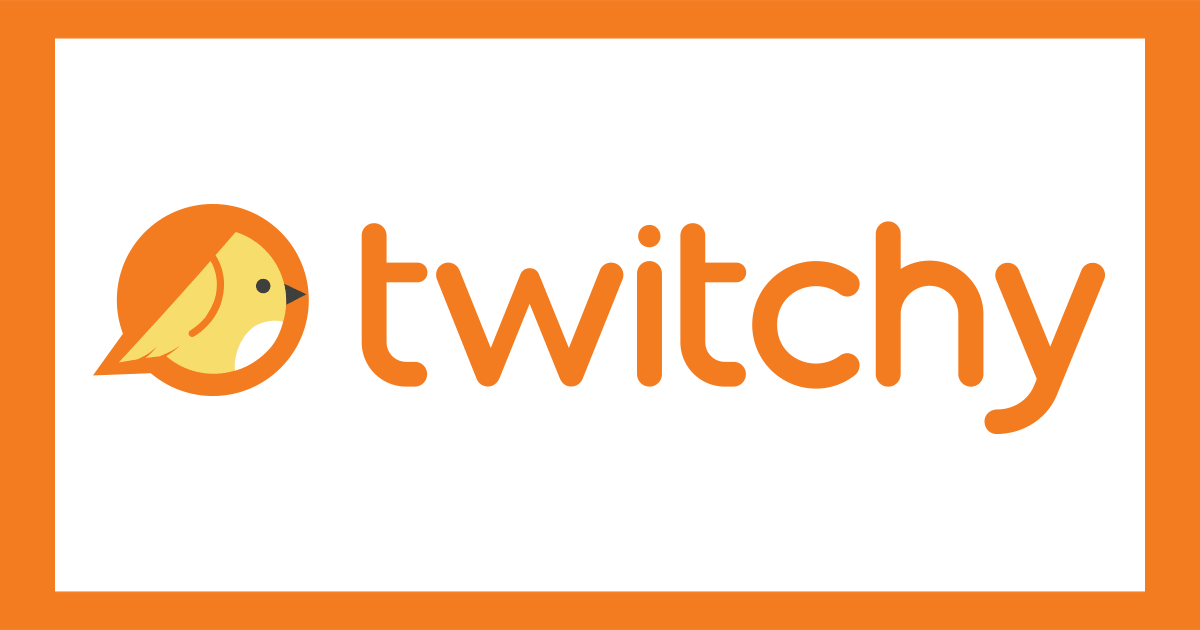

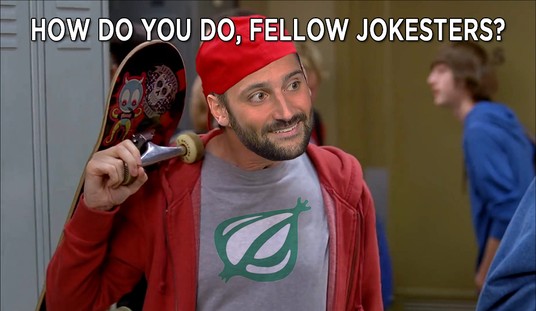
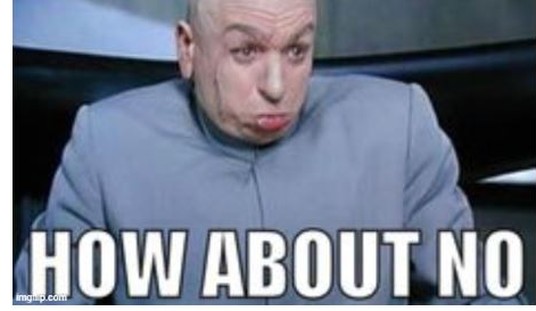

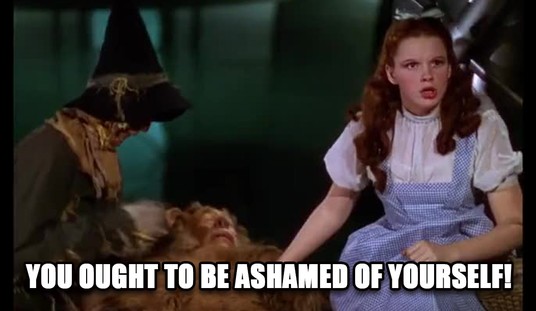

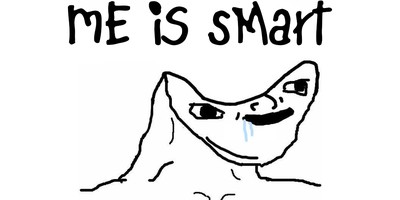
Join the conversation as a VIP Member